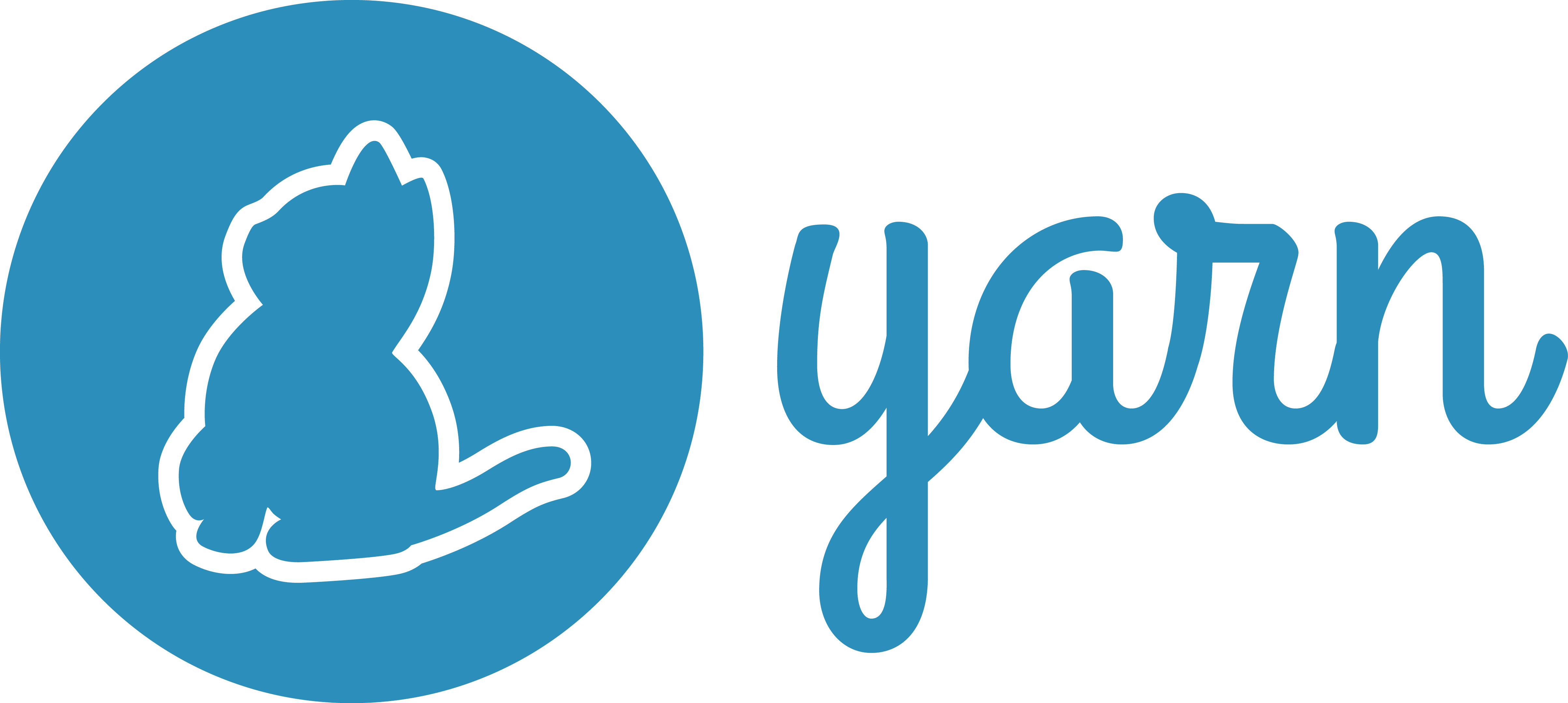Develop new feature and fix bug on the Gardener Dashboard.
- Yarn. For the required version, refer to
.engines.yarnin package.json. - Node.js. For the required version, refer to
.engines.nodein package.json.
Clone the gardener/dashboard repository
git clone git@github.com:gardener/dashboard.gitRun yarn at the repository root to install all dependencies.
cd dashboardyarnPlace the Gardener Dashboard configuration under ${HOME}/.gardener/config.yaml or alternatively set the path to the configuration file using the GARDENER_CONFIG environment variable.
A local configuration example could look like follows:
port: 3030
logLevel: debug
logFormat: text
apiServerUrl: https://my-local-cluster # garden cluster kube-apiserver url - kubectl config view --minify -ojsonpath='{.clusters[].cluster.server}'
sessionSecret: c2VjcmV0 # symmetric key used for encryption
frontend:
dashboardUrl:
pathname: /api/v1/namespaces/kube-system/services/kubernetes-dashboard/proxy/
defaultHibernationSchedule:
evaluation:
- start: 00 17 * * 1,2,3,4,5
development:
- start: 00 17 * * 1,2,3,4,5
end: 00 08 * * 1,2,3,4,5
production: ~The Gardener Dashboard backend server requires a kubeconfig for the Garden cluster. You can set it e.g. by using the KUBECONFIG environment variable.
If you want to run the Garden cluster locally, follow the getting started locally documentation.
Gardener Dashboard supports the local infrastructure provider that comes with the local Gardener cluster setup.
See 6. Login to the dashboard for more information on how to use the Dashboard with a local gardener or any other Gardener landscape.
Start the backend server (http://localhost:3030).
cd backend
export KUBECONFIG=/path/to/garden/cluster/kubeconfig.yaml
yarn serveTo start the frontend server, you have two options for handling the server certificate:
-
Recommended Method: Run
yarn setupin the frontend directory to generate a new self-signed CA and TLS server certificate before starting the frontend server for the first time. The CA is automatically added to the keychain on macOS. If you prefer not to add it to the keychain, you can use the--skip-keychainflag. For other operating systems, you will need to manually add the generated certificates to the local trust store. -
Alternative Method: If you prefer not to run
yarn setup, a temporary self-signed certificate will be generated automatically. This certificate will not be added to the keychain. Note that you will need to click through the insecure warning in your browser to access the dashboard.
We need to start a TLS dev server because we use cookie names with __Host- prefix. This requires the secure attribute to be set. For more information, see OWASP Host Prefix.
Start the frontend dev server (https://localhost:8443) with https and hot reload enabled.
cd frontend
# yarn setup
yarn serveYou can now access the UI on https://localhost:8443/
To login to the dashboard you can either configure oidc, or alternatively login using a token:
To login using a token, first create a service account.
kubectl -n garden create serviceaccount dashboard-userAssign it a role, e.g. cluster-admin.
kubectl set subject clusterrolebinding cluster-admin --serviceaccount=garden:dashboard-userGet the token of the service account.
kubectl -n garden create token dashboard-user --duration 24hCopy the token and login to the dashboard.
Build docker image locally.
make buildPush docker image to Google Container Registry.
make pushThis command expects a valid gcloud configuration named gardener.
gcloud config configurations describe gardener
is_active: true
name: gardener
properties:
core:
account: john.doe@example.org
project: johndoe-1008
